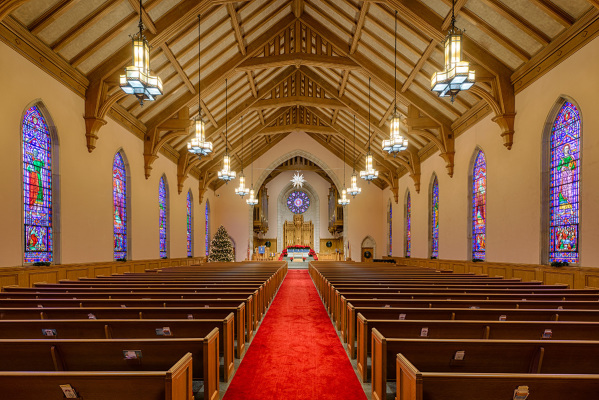Travel: Postcard from Plymouth, England

I first visited Plymouth six years ago in the lead up to the quadricentennial of the Mayflower’s voyage from this historic English port city to the New World.
Back then, there was much excitement — and not just here, but in every other place that had some connection to the Pilgrims who settled what later became Massachusetts and the New England region of the United States. Then the coronavirus pandemic struck, effectively canceling much of the planned commemorations.
As I learned during a return visit this summer, the real draw in Plymouth is the centuries of maritime history. It goes well beyond the Mayflower, whose sailing from here 424 years ago on Sept. 16 was a historical fluke. The Pilgrims were hundreds of miles out to sea when a second ship experienced problems, forcing their docking in Plymouth. The modern equivalent is an airliner making an emergency landing.
My guide, the highly recommended Hannah Pooley of Plymouth Walking Tours, emphasized that the New World was hardly new by the time of the Pilgrims in 1620. Sailors certainly would have been familiar with stories of North America since John Cabot discovered present-day Newfoundland (quite literally, new-found-land) in 1497 and Sir Francis Drake sailed from Plymouth on his epic voyages nearly a century later. Even Jamestown in Virginia was settled a full 13 years before the Pilgrims.
For those interested in the full story of the Pilgrims a visit to the Mayflower Museum is a must. The museum is surrounded by the Barbican and Sutton Harbor. Here, the narrow cobblestone streets and one-time warehouses — many converted to pubs and restaurants — of Plymouth’s old town would surely be familiar to the 102 souls who embarked on their voyage to America.
Later chapters in maritime history, including how important this port was in the age when Britain ruled the waves, can be discovered at The Box, a free museum that reopened in 2020 after extensive, multi-year renovations.

About 10 miles outside the city is Buckland Abbey, Drake’s one-time house. Dating to the late 13th century when it was a Cistercian monastery, it was transformed into a country house after Henry VIII’s dissolution of the monasteries during the English Reformation. Descendants of Drake, who as part of his circumnavigation of the world between 1577 and 1580 landed in California and held the first Anglican service in the New World, remained owners of the house until 1946. Today, Buckland is carefully preserved and features, among other things, a museum with artifacts, art and exhibits.
Back in Plymouth, one of the most visible reminders of all things maritime is Royal William Yard. Facing Plymouth Sound, this former Royal Navy depot was where the ships that arguably made and maintained an empire were armed, outfitted and supplied. In more recent years, the 16-acre complex of 19th century buildings, designed by acclaimed engineer Sir John Rennie, was redeveloped into residences, offices, shops and places to eat, including the notable restaurants Bistrot Pierre and Hook & Line.
If you go
Getting here will require a rental car, unless you want to waste considerable time on busses and trains. London’s Heathrow Airport is 200 miles away. The drive takes just under four hours.
A visit to Plymouth could also be part of a road trip across England to other places with a connection to the Mayflower and Pilgrims. I did such a road trip in 2018, staying in Harwich, Lincoln and Worcester.
The Moxy — one of Plymouth’s newest hotels and flagged under the Marriott chain — is conveniently located and within walking distance of major sights, including Royal William Yard. Alternatively, consider spending a night or two at a cottage on the estate of Buckland Abbey.
Dennis Lennox writes a travel column for The Christian Post.
Dennis Lennox writes about travel, politics and religious affairs. He has been published in the Financial Times, Independent, The Detroit News, Toronto Sun and other publications. Follow @dennislennox on Twitter.






















